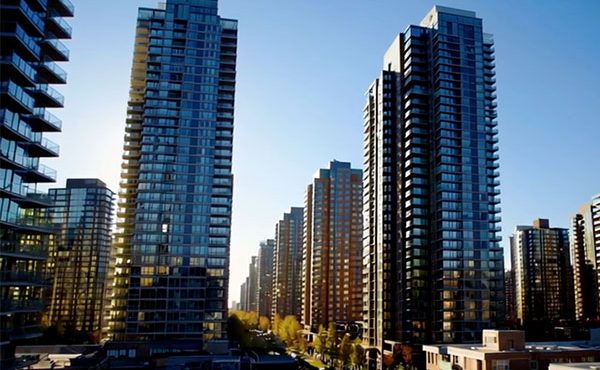While our Spacing Vancouver contributors continue their well-deserved break, we would like to take the opportunity highlight some of our most popular posts from 2012. Each day this week, we will be posting some of our favourite posts from last year.
A City that Runs on Itself
Originally posted by Patrick Condon on March 1, 2012


What happens when you ask 14 landscape architecture and three planning students to cut the energy use and consequent greenhouse gas production in the city by at least 80 per cent — by 2050? How is this to be done?
We started by looking at the city as it is now, finding the places where energy use was high and where it was low, and trying to understand why.
It turns out that energy use is lowest in the downtown. Not on a per hectare basis, though. On a per hectare basis, the production of GHG was higher downtown than anywhere else in the city. But on a per person basis, people living downtown produced only a quarter as much GHG per person as those living in the southern half of the city. Why? Two reasons. For one thing, most people living in the southern half of the city live in detached homes that, because they are exposed to cold air on all sides, take a lot of energy to heat. For another thing, because services are more spread out in the southern half of the city, residents are more inclined to drive than to walk, bike or take transit.
This led to a question that we debated in class. Would it be better to simply repeat the urban form of the downtown as much as possible, expanding the footprint of the downtown towers into Chinatown and beyond? Or simply take every block within a 10 minute walk of a Skytrain station and zone it for 30-storey towers like they are successfully doing at the Gilmore Skytrain station area in Burnaby? After all, the data says that is the most efficient density to use, and people sure seem to like high-rises.


